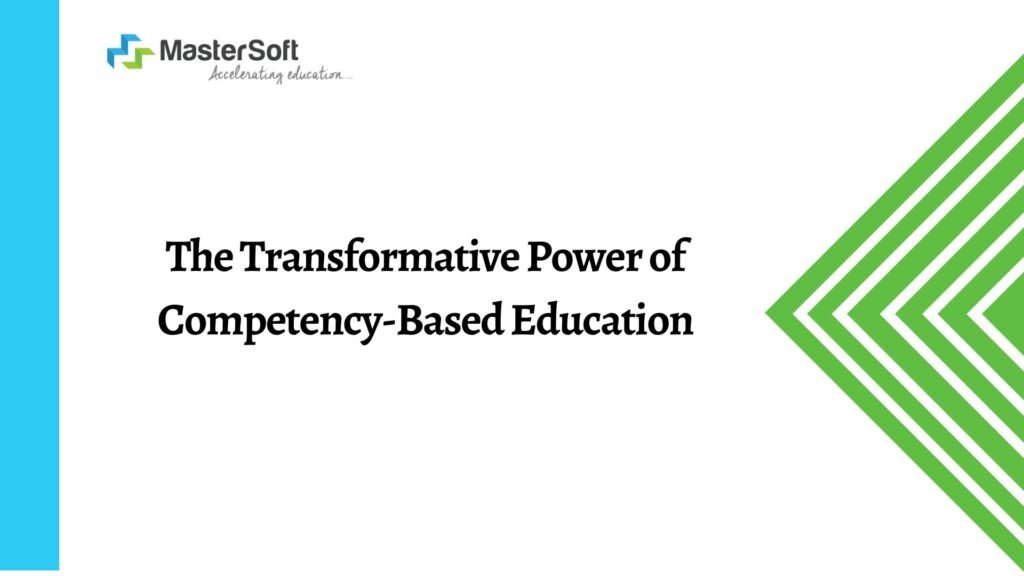In the ever-evolving landscape of Education, where the pursuit of knowledge is as diverse as the learners themselves, traditional models are giving way to a revolutionary approach known as Competency-Based Education (CBE). This paradigm shift in learning is not just an alternative; it’s a transformation that places mastery and individual progress at the heart of Education. Let’s delve into the principles, benefits, and the promising future of Competency-Based Education.
Unravelling Competency-Based Education:
Competency-based Education is more than just an educational methodology; it’s a philosophy that redefines the learning experience. At its essence, CBE shifts the focus from time-based progression to the mastery of skills and knowledge. Instead of adhering to fixed academic calendars, learners advance when they thoroughly understand specific competencies.
Key Principles of Competency-Based Education:
- Mastery Learning: The core tenet of CBE is mastery. Students advance when they have demonstrated proficiency in a particular skill or concept, ensuring a comprehensive understanding before progressing.
- Personalized Learning Paths: CBE recognizes the diversity in learning styles and paces. It offers a tailored approach, allowing students to move at their speed, delving deeper into challenging topics or accelerating through familiar ones.
- Transparent Learning Outcomes: Competencies are clearly defined, providing a roadmap for what students are expected to learn. This transparency empowers both educators and learners, fostering a shared understanding of educational goals.
- Continuous Assessment and Feedback: Regular assessments and feedback are integral components of CBE. Instead of relying on sporadic exams, students receive ongoing feedback, fostering a culture of continuous improvement.
Advantages of Competency-Based Education:
- Student Empowerment: CBE places learners in the driver’s seat of their Education. Students actively engage with the material, taking charge of their learning journey and developing a sense of ownership.
- Real-world Relevance: Competencies are designed to apply to real-world situations. CBE emphasizes the practical application of knowledge, preparing students for the challenges they may encounter beyond the classroom.
- Flexible Pacing: Traditional educational structures can be restrictive. CBE’s flexible pacing accommodates the diverse speeds at which individuals grasp and master content, ensuring a more inclusive learning environment.
- Efficiency and Cost-Effectiveness: By focusing on mastery, CBE has the potential to streamline the learning process. Students progress when ready, potentially reducing the time and costs associated with traditional education models.
Challenges and Considerations:
- Technology Implementation: Adopting CBE may require robust technological infrastructure, posing challenges for institutions with limited resources.
- Faculty Training: Transitioning from traditional teaching methods to competency-based approaches may necessitate training for educators to effectively facilitate this shift.
- Assessment Design: Crafting reliable assessments that accurately measure competency can be complex. The ongoing challenge lies in developing assessments that authentically reflect a student’s mastery of a skill.
Conclusion:
Competency-based education is not merely an educational trend; it’s a seismic shift that heralds a future where learning is as diverse as the individuals undertaking the journey. As we embrace this transformative approach, CBE invites us to break free from the constraints of traditional Education, fostering a culture of mastery, empowerment, and continuous growth. It’s a journey where the pursuit of knowledge is as boundless as the potential. It unlocks a journey that promises to revolutionize the very fabric of learning.

